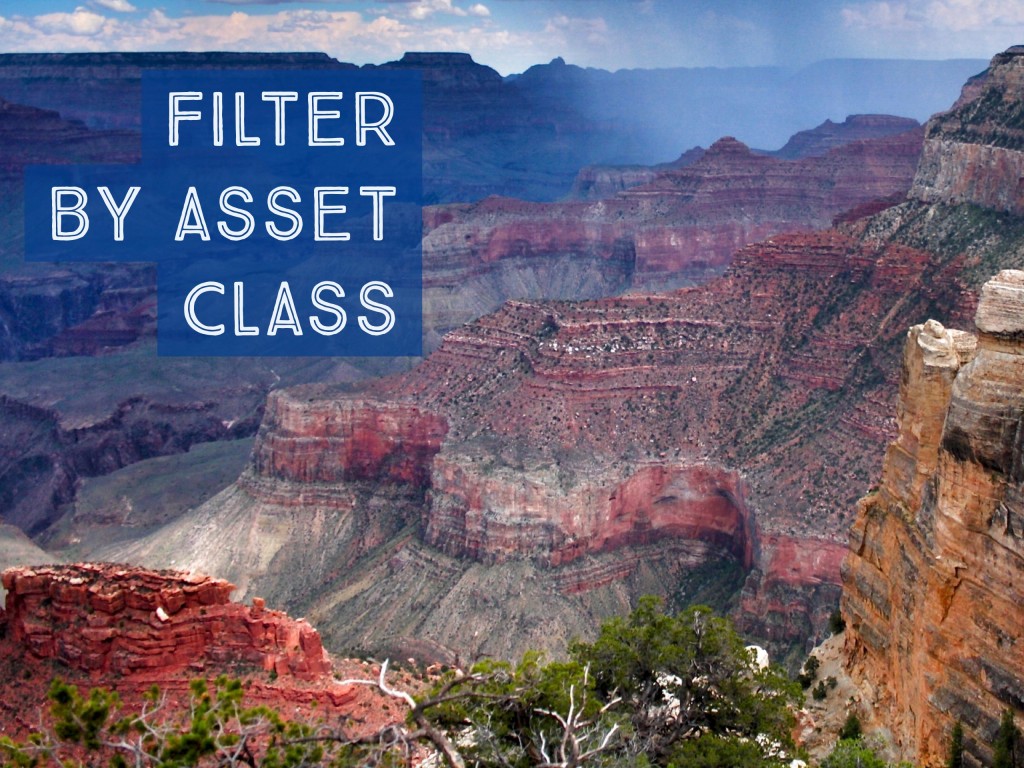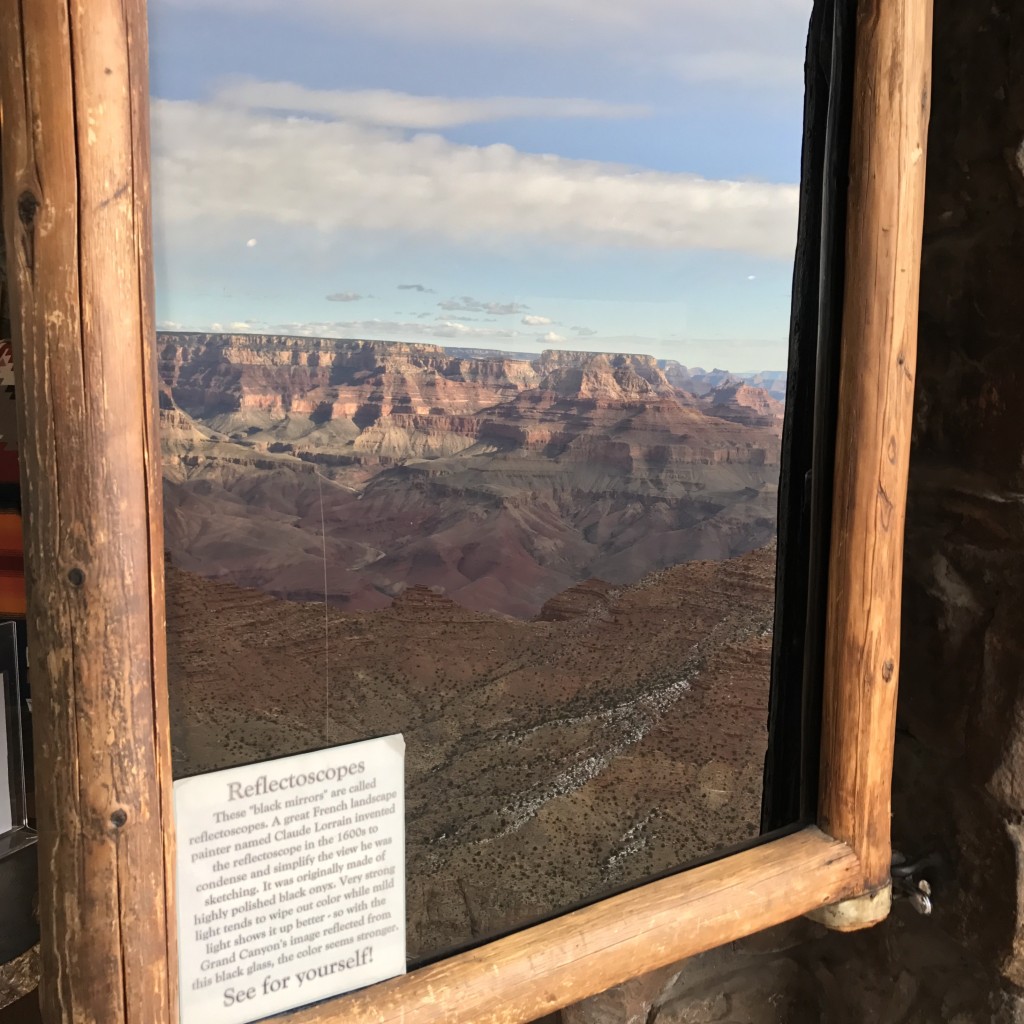How framing and filtering by asset classes makes investing easier. How to invest in preferred stocks.

In this episode you’ll learn:
- What are the benefits of framing and filtering.
- Why asset classes are an appropriate filter and framing device for investing.
- What are the attributes and risks of preferred stocks.
- How to invest in preferred stocks.
Show Notes
Money For the Rest of Us Listener Survey
The Unknown Craftsman: A Japanese Insight Into Beauty – Soetsu Yanagi
The Artist’s Study of Nature and Its Relationship to Goethean Science – Daan Hoekstra
Essay by Sven Dupré on the Claude Mirror

Summary Article
Frames and Filters In Living and Investing
Last week, I visited the Grand Canyon for the first time. I have flown over it on numerous occasions, but I had never managed to actually drive there.
We stopped at the south rim of the canyon. It was cold so we huddled into the Desert View Watchtower, which was designed by architect Mary Colter and completed in 1932.
The Claude Mirror
The main floor of the tower has several black mirrors trimmed with thick wood attached to the window frames. A placard on the mirror describes them as reflectoscopes, but they are also known as Claude mirrors after 17th century painter Claude Lorraine.
The description indicated Lorraine invented the device but that has not been substantiated. More likely, they became known as Claude mirrors in the 19th century during the height of their popularity as amateur landscape painters were able to see reflections that had the same light qualities associated with Lorraine’s paintings.
Viewing the reflection of the Grand Canyon in the Claude mirror does several things.
Framing
First, it frames a view so the magnificent scale of the Grand Canyon is reduced to a digestible whole.
Framing is about setting limits. When an artist chooses a scene to paint or a photographer a subject to photograph, they are framing. They limit their view to perhaps ten degrees of their 120-degree peripheral vision.
When we limit our material possessions, we are framing. When we prune the number of activities we pursue, we are framing.
Soetsu Yanagi writes in his book “The Unknown Craftsman” that “the acceptance of limits produces ease of mind.”
Reducing Sensory Input
Framing frees up the mind to perceive the whole through the parts as it restricts the amount of sensory input.
Artist Daan Hoekstra writes, “One gradually sees that any frameable portion of nature contains wholeness and exhibits patterns of relationship between the parts and the whole that echo any other portion of nature that might be framed.”
“All is a study of light, shadow and color.”
“This leads to an experiential understanding of the following principle from tradition: Nothing exists except in relationship to everything else. Everything exists only in relationship to everything else.”
By setting self-imposed limits, we are better able to experience the individual parts that remain and their relationship to each other. By doing so, new insights and meaning emerge. This is the wholeness that is revealed through the parts.
Setting limits and reducing sensory input also makes decision making easier as there are less options from which to choose.
Filters
Not only does a Claude mirror frame a scene but the use of black glass reduces and unifies the light, shadows and colors.
Sven Dupré explored this idea in his review of Arnaud Maillet’s book, “The Claude Glass: Use and Meaning of the Black Mirror in Western Art.”
“The painter’s problem is that the colors on his palette cannot offer the infinite variety of tones for a single color on a scale from dark to light which reality presents. However, since the human eye is sensitive to different levels of brightness (rather than perceiving them absolutely) the painter’s task is to reproduce these relations.”
The Claude mirror’s black glass adds a smokiness filter to the reflection that better allows the human eye to detect the differences between different colors and shade. To make comparisons.
We view the world, make judgments and comparisons through filters. That is why it is so important to seek out the perspective of others when evaluating choices or forming opinions. Listening to others helps us to recognize our own and others’ biases and filters.
Distorting Reality?
Nineteenth century water colorist and art patron John Rushkin was severely critical of the Claude mirror when he wrote, “It is easy to lower the tone of the picture by washing it over with gray or brown; and easy to see the effect of the landscape, when the colors are thus universally polluted with black, by using the black convex mirror, one of the most pestilent inventions for falsifying Nature and degrading art which was ever put into an artist’s hand.”
Do filters such as the Claude mirror really falsify nature? Does adding a filter to an Instagram photo or adjusting the light balance on a digital photograph falsify nature and distort reality?
I think these tools as well as other framing devices and filters give us a new perspective.
Most topics, including investing, would be overwhelming without frames and filters.
For example, there are so many different choices of investment securities, vehicles, styles, and processes when it comes to investing.
Rather than get caught up in selecting individual stocks, currencies, futures contracts or call options, my primary frame of reference and filter for investing is asset classes.
Knowing what an asset class has returned historically and what it is expected to return going forward given current market conditions allows me to compare that asset class to others and develop a mix of asset classes that I can implement through index funds and ETFs.
Granted, these involve simplifying assumptions, but that doesn’t mean I am falsifying reality. Rather, I am reducing the amount of informational input so I can make reasonable investment decisions.
